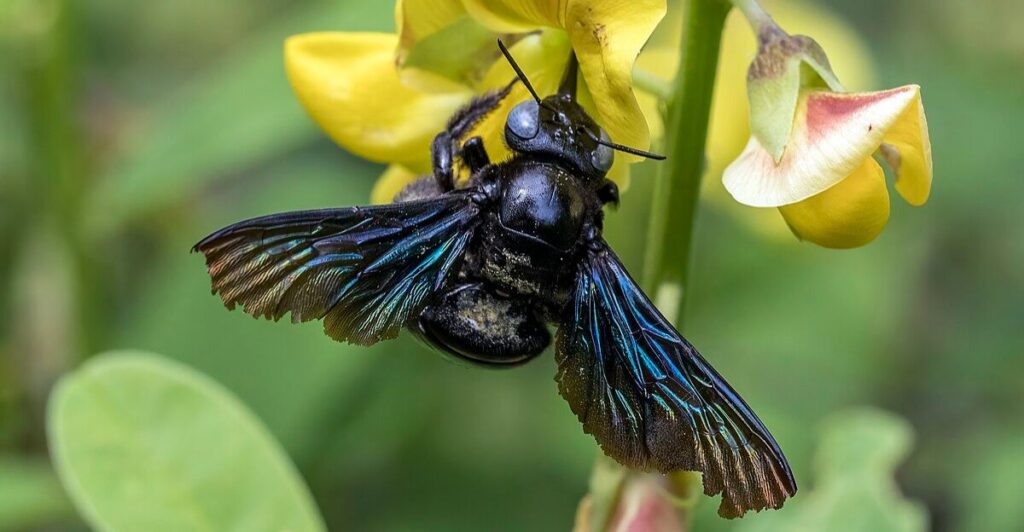
The letter X might be rare in the animal kingdom, but it introduces some of nature’s most astonishing wildlife wonders. These 12 rare species, each with names starting with this elusive letter, showcase the marvels of evolution and biodiversity. From deep-sea mysteries to vibrant forest dwellers, let’s explore their stories which are as unique as the letter that unites them.
1. Xantus Swimming Crab
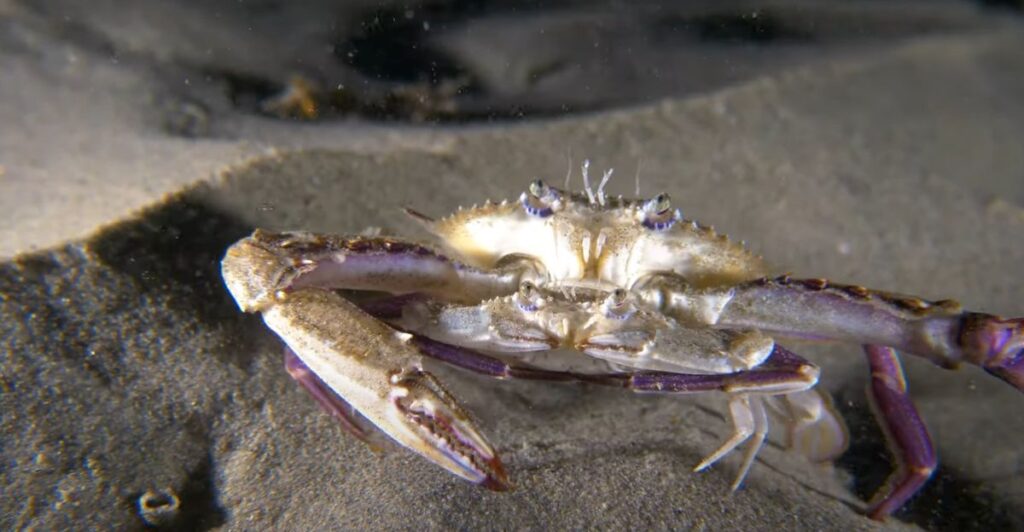
Brilliantly colored and agile, the Xantus Swimming Crab thrives in tropical coastal waters. This small crustacean uses paddle-like legs for swift navigation to search for detritus on coral reefs. Its scavenging habits keep the deep waters clean, making it a key underwater cleanup crew member.
2. Xylophanes Moth
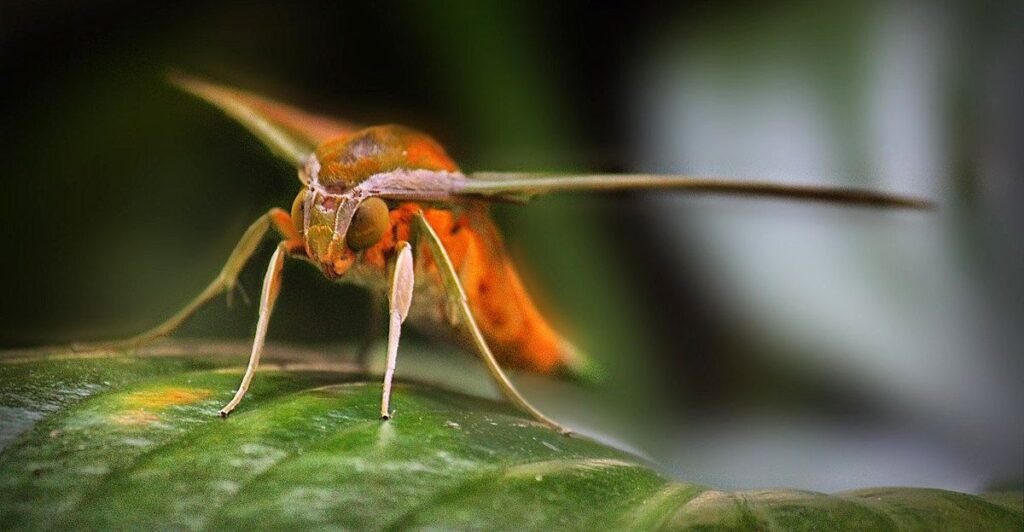
The Xylophanes moth, native to tropical forests, has a fascinating life cycle. The caterpillars resemble snake heads, an ingenious defense against predators. This moth plays a role in sustaining rainforest biodiversity by pollinating nocturnal flowers, especially in areas where daytime pollinators fall short.
3. Xenotoca
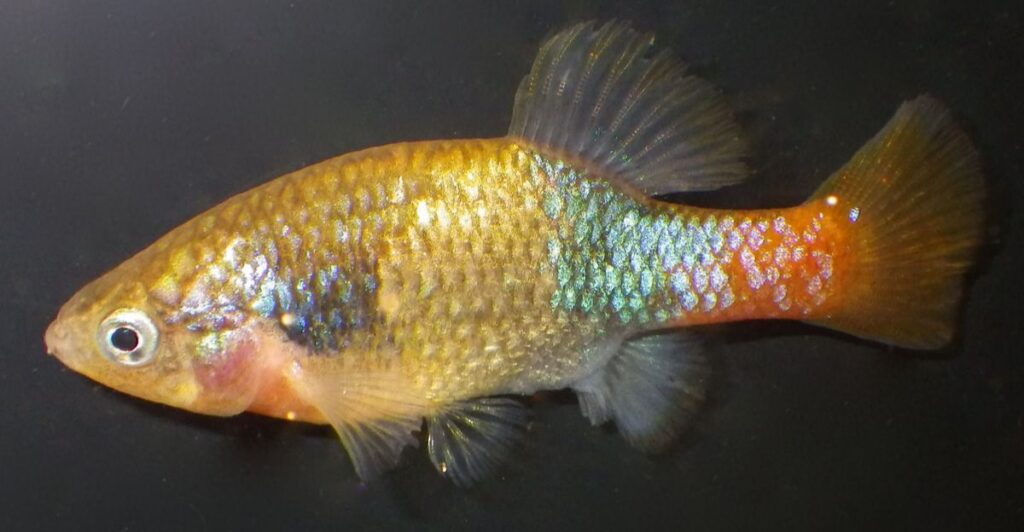
These small freshwater fish live in Mexican streams and are more than vibrant swimmers. By feeding on algae and insects, Xenotoca species prevent overgrowth and maintain water quality. Their unique role in aquatic habitats highlights the interconnectedness of life beneath the surface.
4. Xenorhina
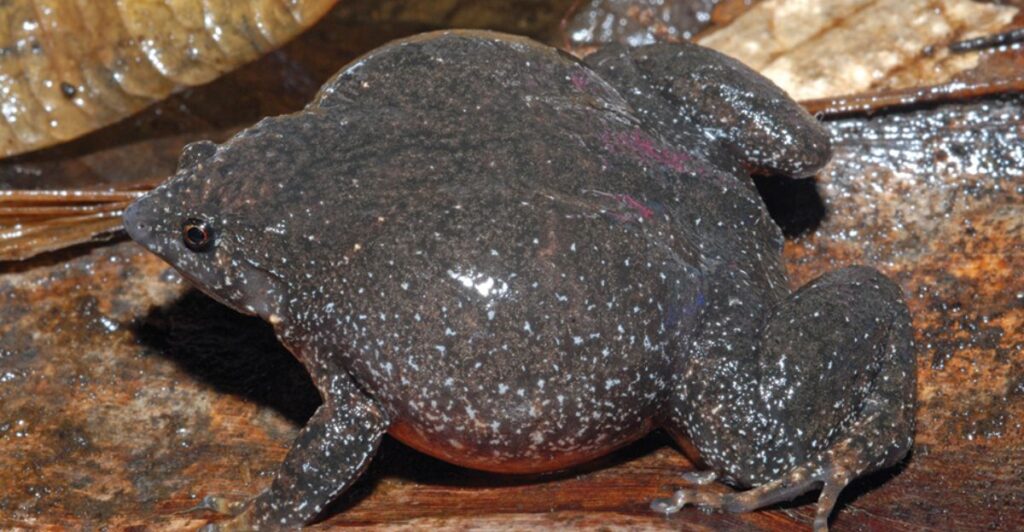
Xenorhina is a genus of small frogs native to New Guinea that live among leaf litter in tropical rainforests. These frogs are direct developers, so their eggs hatch into miniature frogs rather than tadpoles. This special reproductive strategy draws attention to the varied life within these biodiverse areas.
5. Xestia Moth

The Xestia moth is found across diverse climates and adapts with remarkable versatility. While some species survive Arctic winters, others flourish in temperate forests. These moths support plant reproduction by transporting pollen and show how even small, unassuming creatures can quietly shape entire living systems.
6. Xenopus Borealis
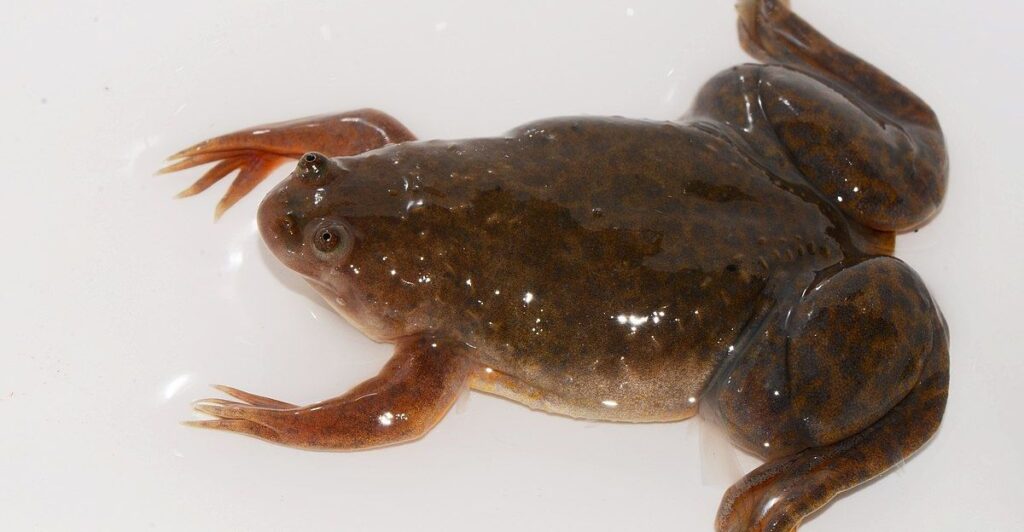
Both an environmental ally and a subject of advanced research, Xenopus Borealis is frequently studied for its regenerative abilities. Its clawed feet enable the fully aquatic frog to hunt mosquito larvae efficiently, which contributes to pest control and reduces disease risks in freshwater habitats.
7. Xylocopa Bee
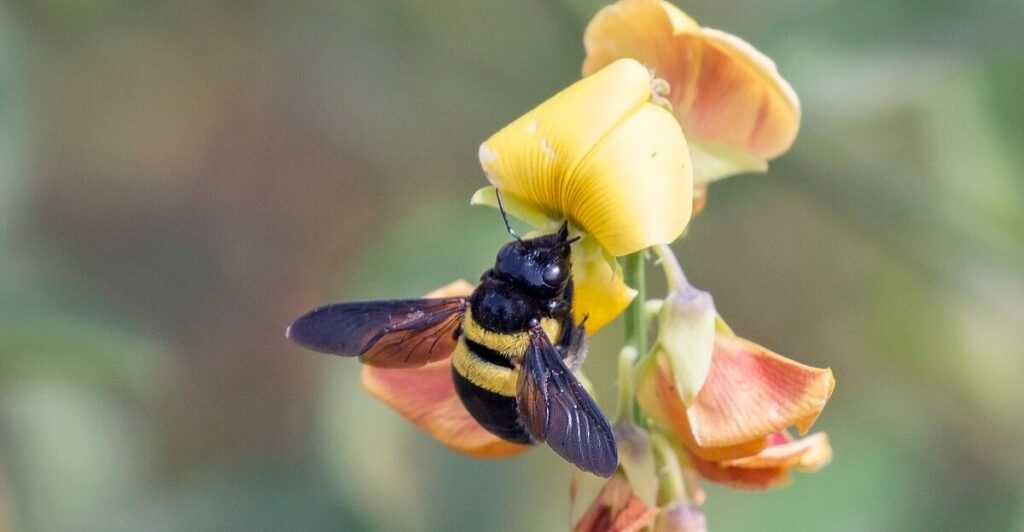
Xylocopa bees, known as carpenter bees, carve nests in wood while playing a significant role in pollination. Though solitary, their efficiency in transferring pollen boosts crop yields and supports flowering plants, demonstrating how even independent insects contribute significantly to ecosystems and agriculture.
8. Xenodermichthys
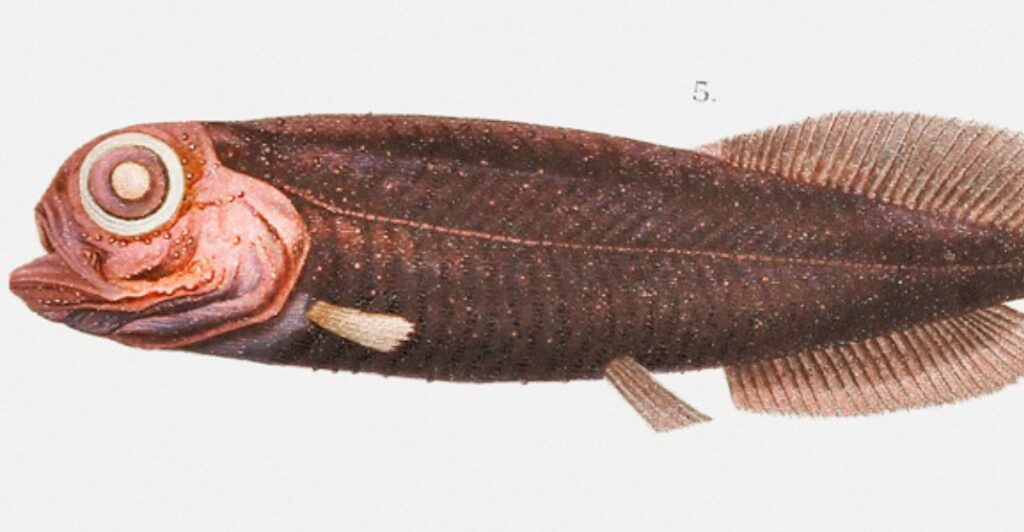
Deep-sea species like this one rely on nutrient cycling between the surface and abyssal layers of marine habitats. Its scaleless body reduces drag, ensuring efficient movement in low-energy waters. Thriving in the ocean’s twilight zone, Xenodermichthys glides gracefully through its dark, mysterious habitat.
9. Xenopeltis
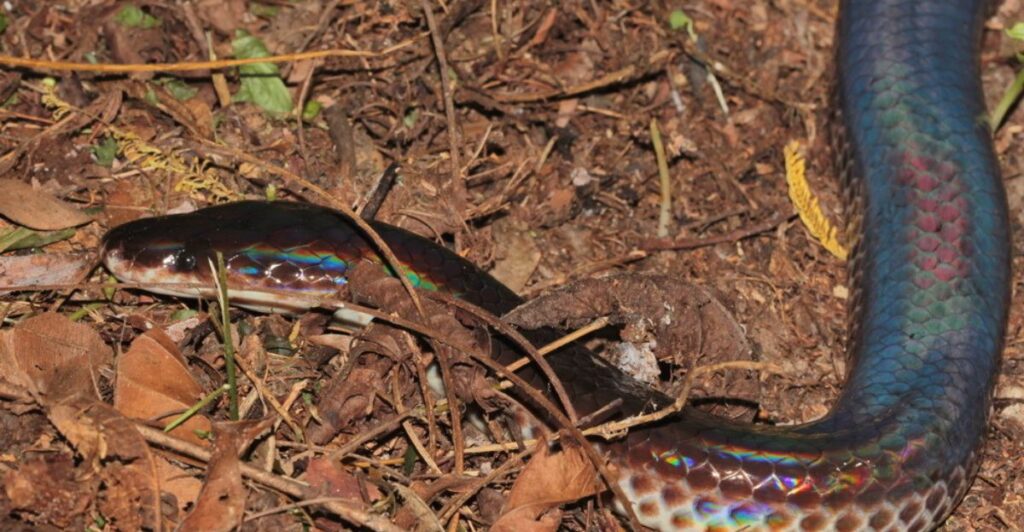
The sunbeam snake, or Xenopeltis, dazzles with its shimmering, iridescent scales. Found in Southeast Asia, it hunts small vertebrates in forest undergrowth. Despite its striking appearance, this non-venomous snake remains elusive and avoids predators and human encounters with its stealthy burrowing lifestyle.
10. Xestobium
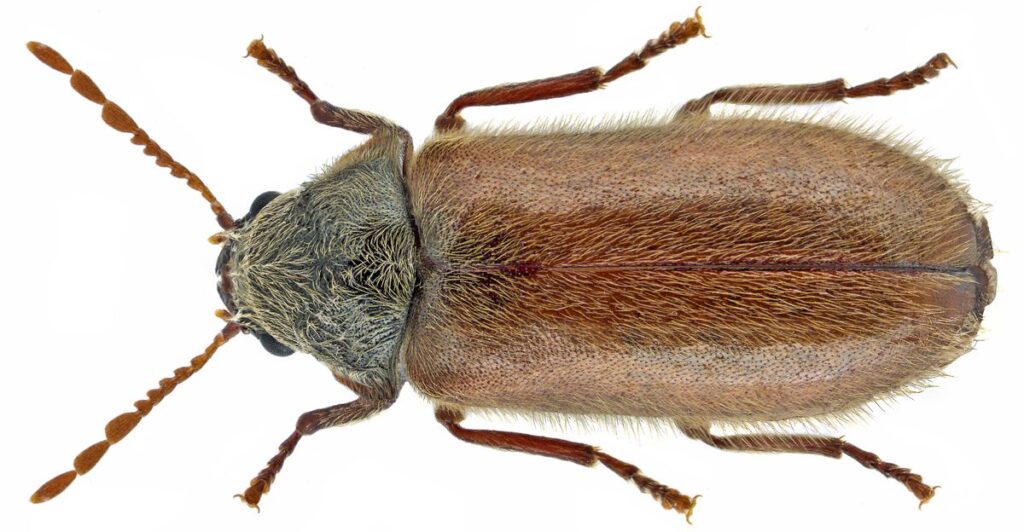
These beetles play a key role in recycling nutrients by breaking down rotting timber in forests and old buildings. Their mating ritual involves tapping sounds, which earned them their ominous name. Scientifically known as Xestobium, deathwatch beetles thrive in decaying wood habitats.
11. Xenoturbella
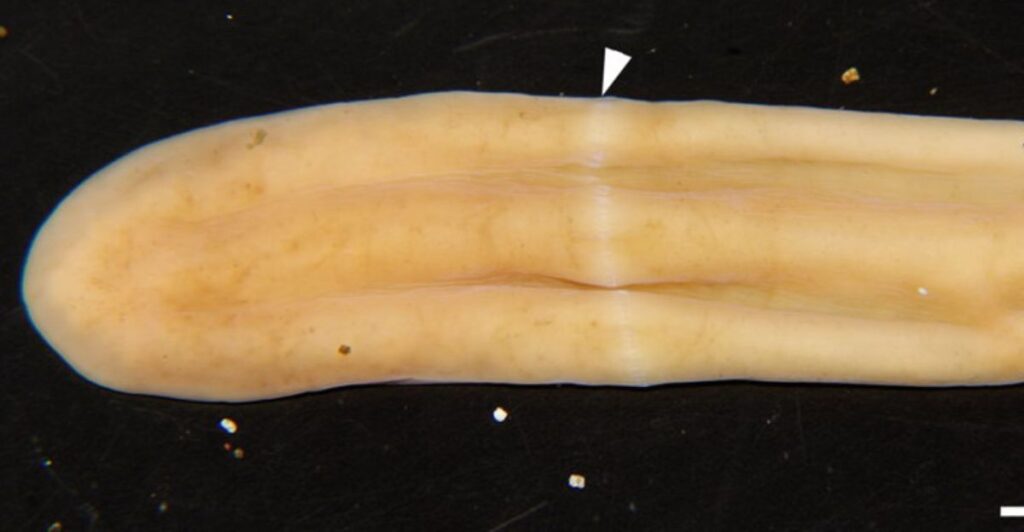
Simple yet significant, Xenoturbella worms live in the ocean’s depths, feeding on bivalves like clams. They’ve fascinated researchers studying early animal evolution, with no nervous system or defined organs. Their primitive biology offers clues about the origins of complex organisms.
12. Xenophora
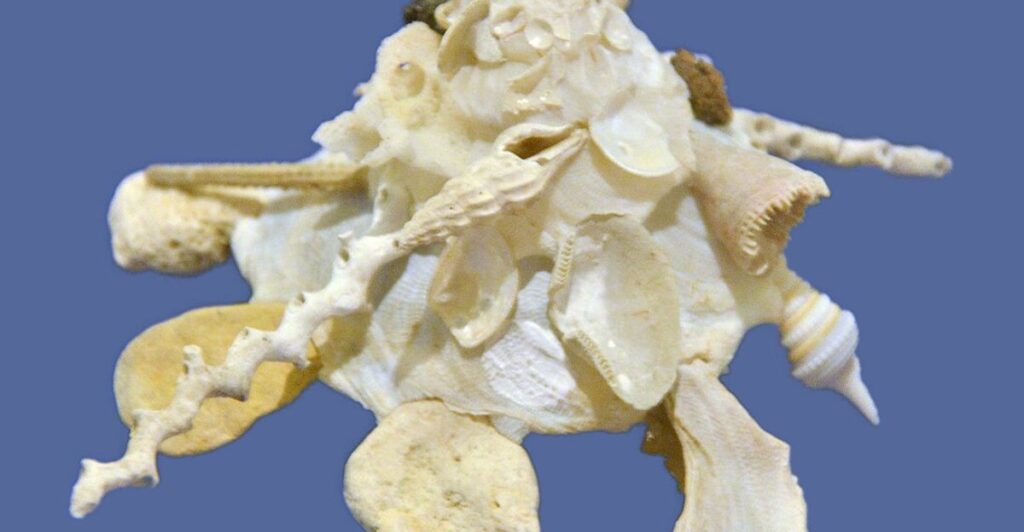
Xenophora snails are true artists of the sea, turning themselves into living mosaics by attaching pieces of shells and debris to their bodies. This clever camouflage helps them blend seamlessly into tropical oceans while their changing designs add a unique touch to marine habitats.
Stay connected with us for more stories like this! Follow us to get the latest updates or hit the Follow button at the top of this article, and let us know what you think by leaving your feedback below. We’d love to hear from you!







